Topics
A Beginner's Guide to Overwintering Your Vegetable & Herb Garden
Seasonal gardeningGrowing vegetables in the winter may seem impossible where you live. But, with a bit of planning, you can extend your harvest and enjoy sweet, crunchy vegetables through the cooler months.

So, what is overwintering, and how can you implement the practice of overwintering vegetables in your home garden?
What is overwintering?
Basically, overwintering plants is the practice of leaving them in the ground during the winter. Obviously not all crops can overwinter, but some crops are able to withstand the cold.
So how does overwintering work?
When sunlight falls below 10 hours a day, plant growth stops and most perennials go through a dormant period. It may not seem like the plants are doing much above the ground during this resting time, but their roots are storing up carbohydrates. When spring comes, they will use all that energy to shoot up vigorous new growth. During this dormant period, plants slow down their respiration and photosynthesis, so they don’t need as much sunlight and water. They also don’t need fertilizer.
So while plants don’t need much help from us to survive their dormant period, there are some ways to overwinter plants and extend your garden season. We’ll cover the basics of overwintering herbs inside as well as helping the cold-hardy vegetables survive outside.
Know Your Zone
The USDA Plant Hardiness Zone Map will tell you the average temperature range in your area. Knowing your zone will help you know which plants can stay outside, which will need extra care, which plants need to come inside, and which ones need to say goodbye.
In zones where freezing temperatures are rare, overwintering may only require a warm fleece blanket over tender plants on the coldest nights. During the day, the blanket is removed, and the plant gets all the sunshine and warmth it needs.
4 Considerations for Overwintering Outdoors
Extend Your Harvest
When the temperatures start dropping, those heat-loving vegetables like tomatoes and peppers are done. You can extend their season by covering them on cold nights, especially when it is followed by another few weeks of warm daytime temperatures. This will allow time for the fruit already on to ripen, but the plant won’t be setting new blossoms. Eventually, they will stop growing, and it’s time to pull them out.

But what about all those cold-hardy vegetables? This is where the fun of overwintering vegetables is found.
Overwintering with Tunnels - Create a MicroClimate
Low tunnels are an easy way to make a microclimate that creates the right growing conditions for cold weather crops. Tunnels can be made from PVC or wire bent over rows or raised garden beds. Then, if there is going to be a light frost, you can place blankets, sheets, or thick plastic over the top and secure it with stakes or sandbags. Tunnels can make the air inside up to 10 degrees warmer, depending on the covering. The coverings can be removed or vented as needed to keep plants from getting too hot during the day. Tunnels can extend the growing season and overwinter cold weather crops while protecting them from freezing winds.
Watering
If the soil is too wet, the roots can rot. Water deeply before it freezes outside. Wet soil will retain heat better than dry soil. Mulching also adds heat and retains water which can help keep roots warm when applied before a hard freeze.
Enjoy sweeter winter vegetables
One of the benefits of overwintering vegetables is that carrots, beets, and other root vegetables get even sweeter when they are left in the ground. This is because the cold temperatures cause the plant to convert starches into sugars. Carrots may lose their tops, but as long as you know where they are, you can dig them up and enjoy their winter flavor.
Harvest overwintering vegetables when temps are above freezing. A limp leaf will not recover if picked. Spinach and Swiss chard may die in very cold temperatures, but they will come back in the spring.

What plants can come indoors?
Consider what you want to accomplish. Are you bringing plants inside to keep them from freezing? Do you want to bring herbs inside to continue using them?
Most vegetables will not fruit indoors in the cold. They may survive, but they won’t flower or produce fruit.
In some climates, perennials such as lavender, thyme, and sage will survive cold months outdoors. However, these plants will need to come inside to be protected from freezing temperatures in other locations or to be continuously used for your favorite recipes.
Plants such as arugula, broccoli, brussels sprouts, kale, spinach, carrots, turnips, and even beets, do well far into the winter. When they are overwintered properly, come March, you may even see your broccoli and kale sprouting again.
The cold-hardy vegetables can take a frost or two. But when temperatures drop below 25 degrees, they need extra precautions.
Overwintering Herbs Indoors
If you are going to bring herbs indoors, do so before the first frost to protect them from damage. Since fall temperatures can vary widely, you can bring plants in on cold nights and set them back outside when it is warm. This also helps them slowly get used to being indoors. When bringing them inside, inspect plants carefully and remove any diseased or yellowing leaves. Wipe off leaves to make sure you’re not bringing in pests.
Herbs in Containers
Herbs that have been growing in containers are natural choices for moving indoors. Digging them up can disrupt the roots, and they may not survive. Using well-drained sandy soil is best for overwintering indoors.
Light Needs Indoors
Herbs need at least 4 hours of direct sun. Low humidity indoors is hard on plants - putting the pots on trays of pebbles with water can increase the humidity level around the plants.
Temperatures Indoors
Maintaining a consistent temperature indoors is important in overwintering. The temperature needs to keep plants from freezing but not be warm enough for them to start growing. Usually, between 45 and 60 degrees is a nice comfortable temperature for plants to take a cool winter nap.
Whether you’re bringing plants inside or tending to them outside, overwintering your garden can be a satisfying way to stay connected to all the growing you’ve accomplished this year!






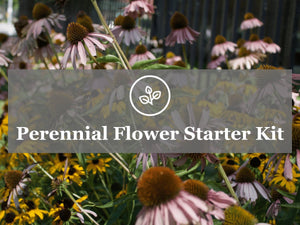
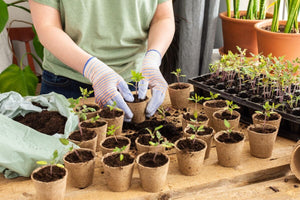
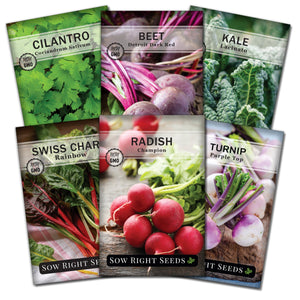
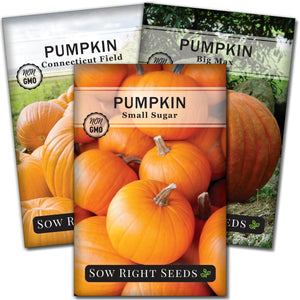
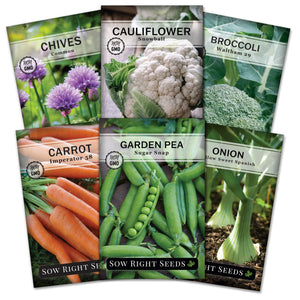
Leave a comment